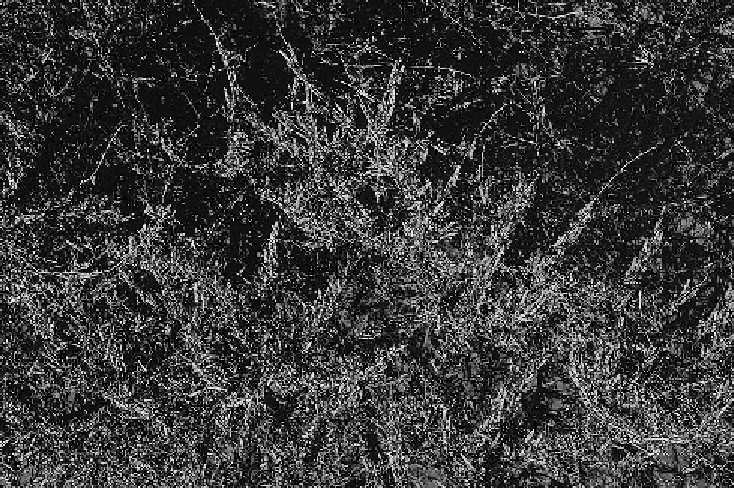Geoscience Reference
In-Depth Information
Figure 4.9. Locusts on an acacia tree, Jebel Marra, western Sudan.
The practice of building low earth ramparts, or bunds, around cultivated fields to
concentrate water from rain and run-off is still widespread today in the semi-arid
alluvial clay plains of Sudan as well as the drier parts of India and Pakistan. These
techniques were also used along the valley floors of seasonally flooded rivers like the
Indus and the Nile. As skill in impounding water improved, it was a small step from
using floodwater to diverting it in canals and using the water for irrigating field crops.
An Egyptian mace head shows a pharaoh directing canal digging more than 5,000
years ago, and irrigated farming may have a comparable antiquity in Asia and South
America.
One endemic problem with irrigation is the build-up of aquatic plants in slow-
moving water in canals, leading to the spread of schistosomiasis, or bilharzia, a
parasitic fluke carried early in its life cycle by certain aquatic snails such as
Bulinus
and
Biomphalaria
and passed on as free-swimming larvae into waters frequented by
toiling peasant farmers (Williams and Balling,
1996
, pp. 137-140). The number of
people infected today throughout the tropical world amounts to hundreds of millions,
and even the pharaohs suffered from this parasite. Another problem is seepage from
canals, bringing salt and waterlogging to low-lying areas adjacent to canals. This has
been a major cause of low yields in the Indus Valley and in the great river valleys of
central Asia, especially Uzbekistan.

